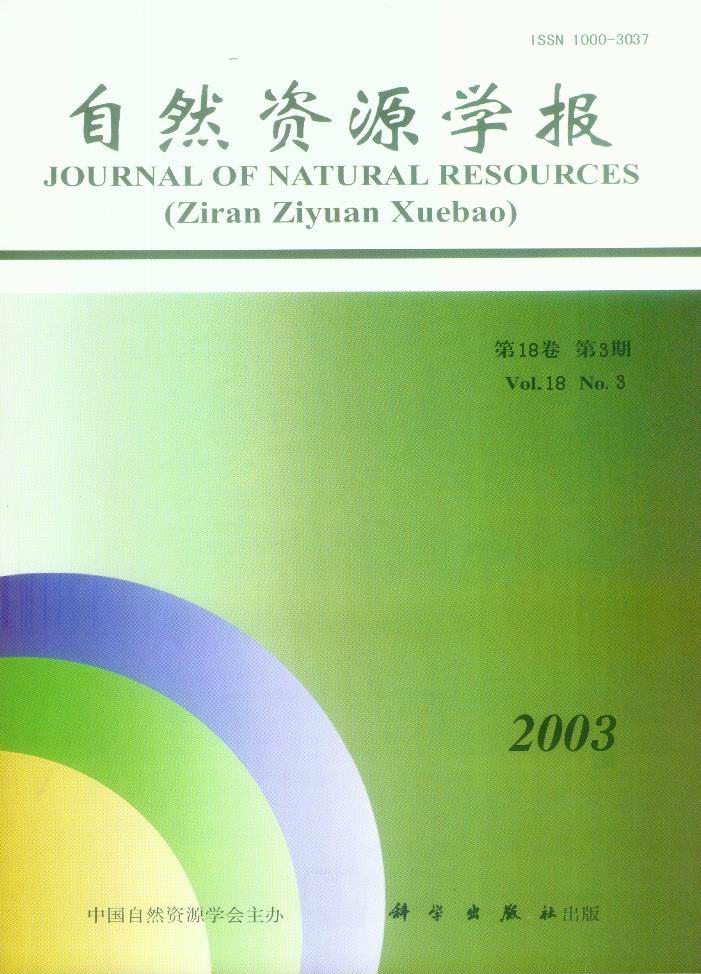Special Column:Celebration of the 70th Anniversary of IGSNRR, CAS
XU Zhen-zhu, ZHOU Guang-sheng
s:Global change stands for the trend of modern world science.The interactions between global change and terrestrial ecosystems,which include water cycle,carbon cycle,food and fiber,serve as the core.Global temperature will rise and the precipitation pattern will be changed as a result of global change.Doubled CO 2 will cause global temperature increase by about 4℃,that will bring on change of water resource(±10%).After50years from2000on ward,the temperature in western China will rise by1.7℃~2.3℃,and the precipitation will in crease by5%~23%under condition of continual increase in CO 2 concentration.There will be a negative effect on grain yield based on global comprehensive factors,which includes overall climatic change,socio-eco-nomic change,and population increase etc.,despite grain yield in crease due to eleva tion of CO 2 .Global change will aggravate fresh water crisis of the world.Ac cording to pre dic tion,fresh water will be insufficient for the essential need of the one sixth population in the world by2050.Agri-culture is the largest consumer of fresh water,accounting for about 75%of current water use.How to increase agriculture water use efficiency(WUE)has become a key task of saving fresh wa ter resource,promoting sustainable use of fresh water re source and en hancing socio-economic development in arid or semiarid areas at present.The concepts and formulas of agriculture water use efficiency are different with various scales and application objectives.They mainly include physiological concept based on leaf level,general concept based on field level and comprehen-sive concept based on regional level.Elevated CO 2 can enhance crop WUE,but has a little ef-fect on crop colony after long growing period.Moderate high temperature can promote crop WUE,but over high temperature is impossible for such an enhancement,and the soil moisture has the same situation.Run-off can be mitigated by building terraces,inter-tilling etc.There are sig nifi-cant effects of different planting patterns on crop WUE,for example,the capacity of soil evapo-ration will decrease from59%to41%by prac ticing intercropping of field crops with forest.There are also some effects of different soil fertili ties,different fertiliza tion methods,cov ers on field,dif-ferent species and/or varieties etc.on crop WUE.The main principles for in creasing WUE in-clude decreasing run-off and evaporation,and promoting tran spiration of crops.This re view de-scribed model for increasing WUE based on three major paths,including engineering of water saving,agronomic management and methods of controlling physiological proce dures,breed ing and gene engineering etc.Several key researching directions are also put forward at the end of this paper.
